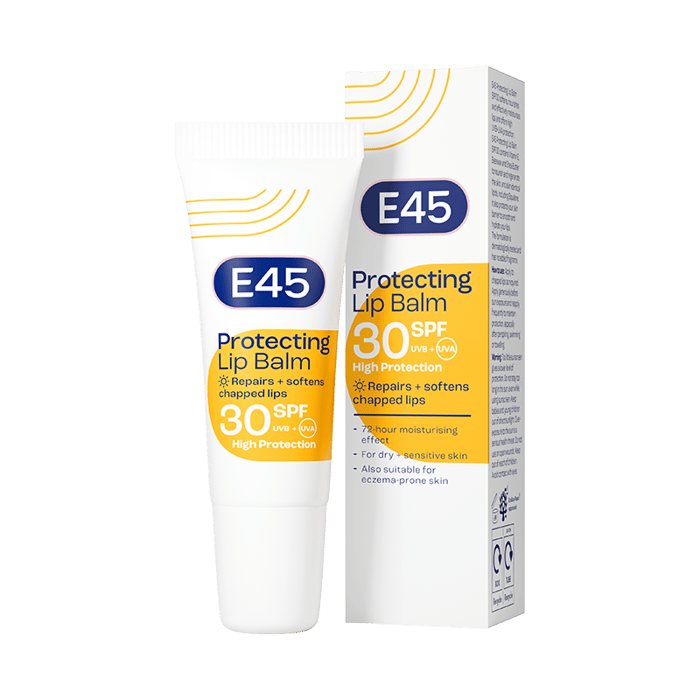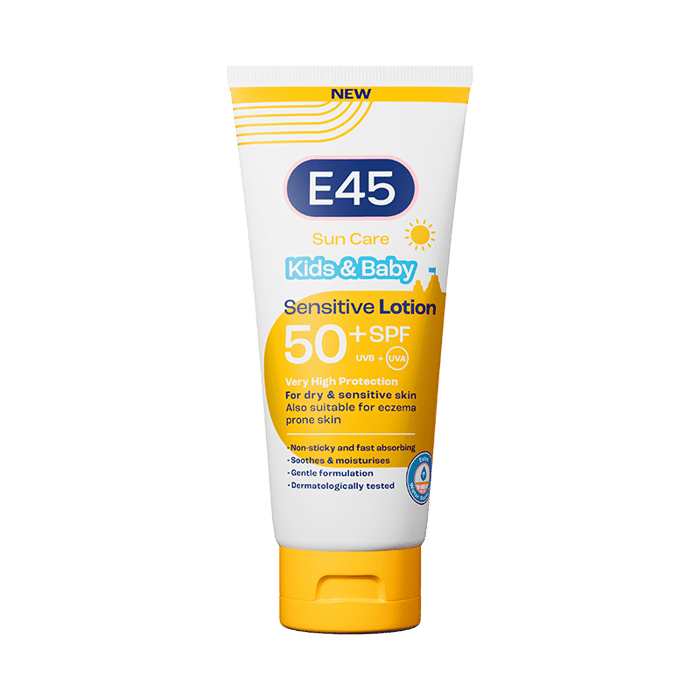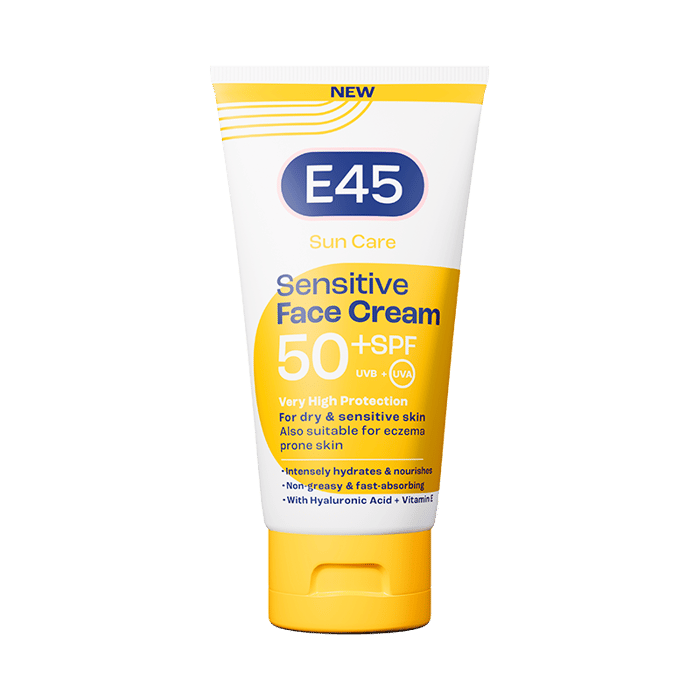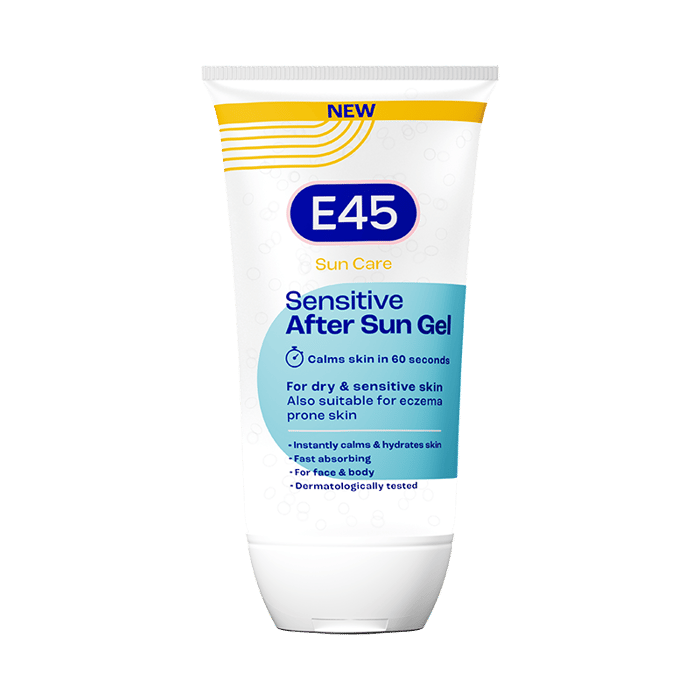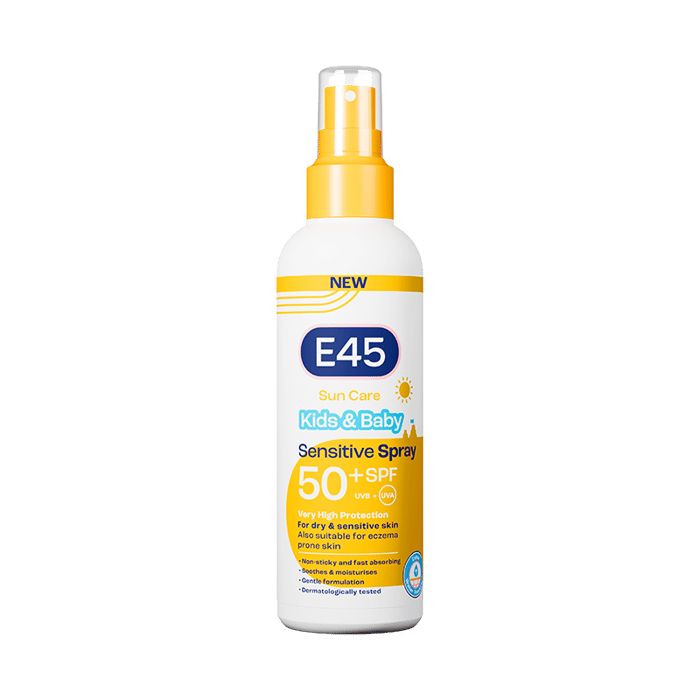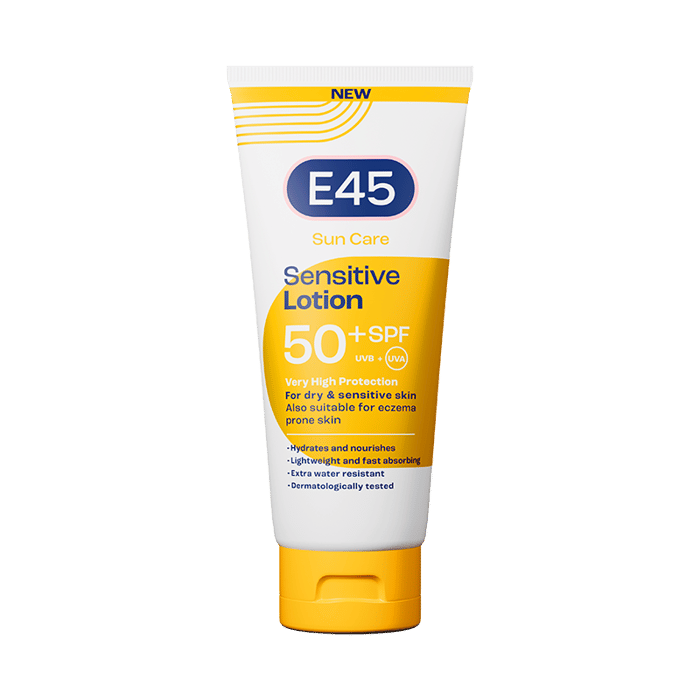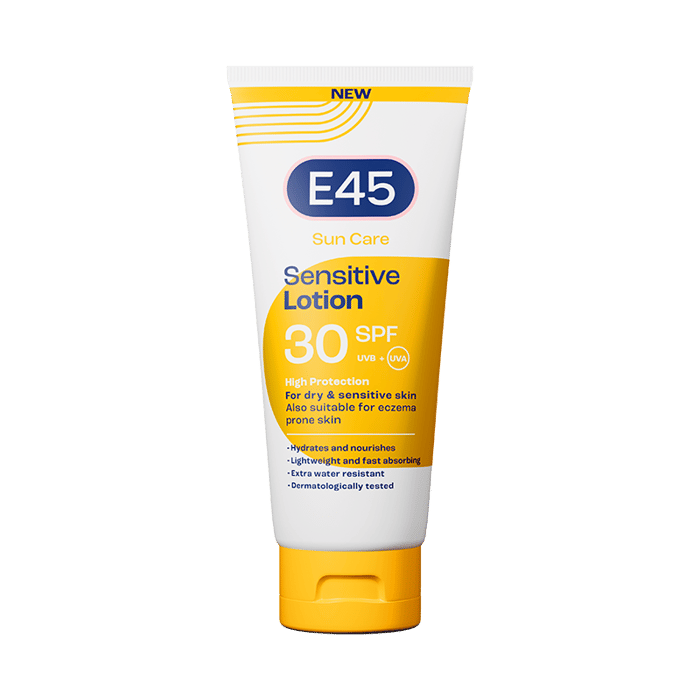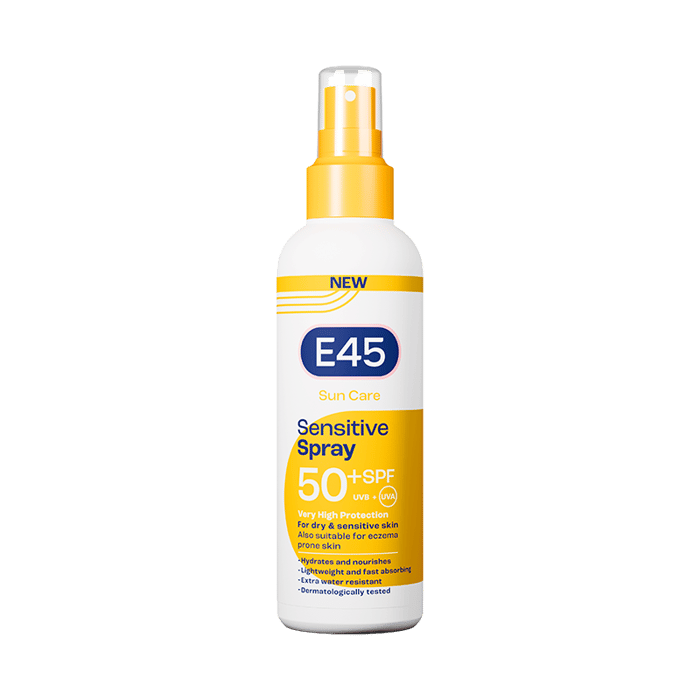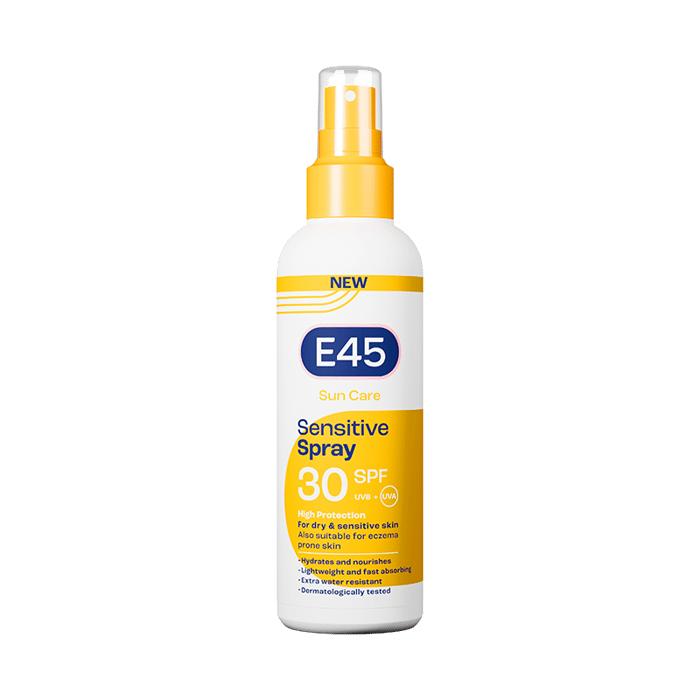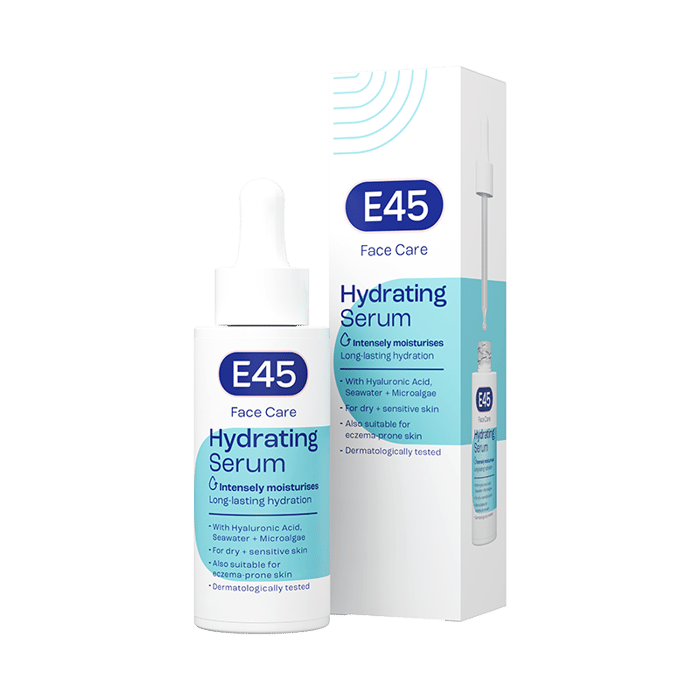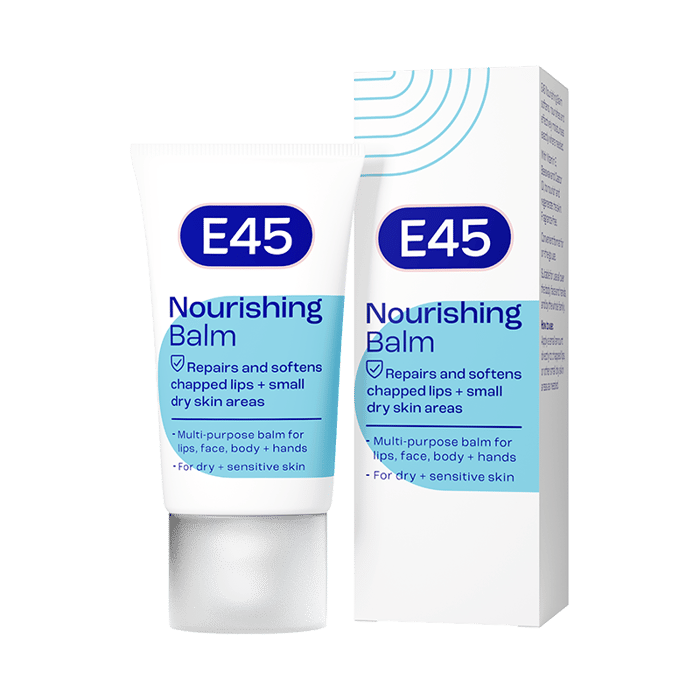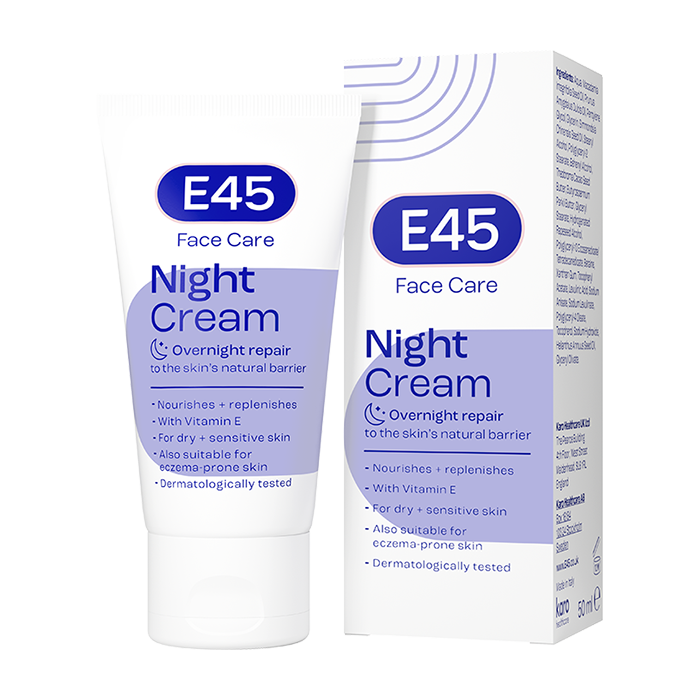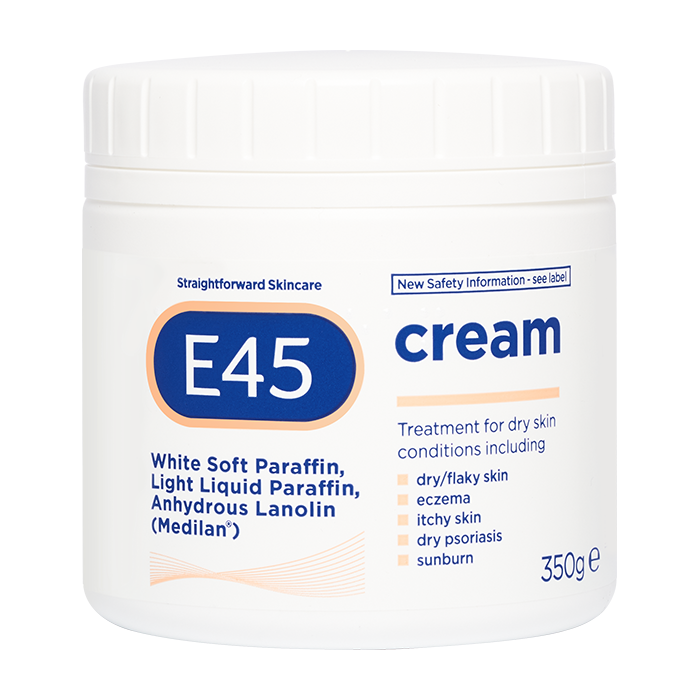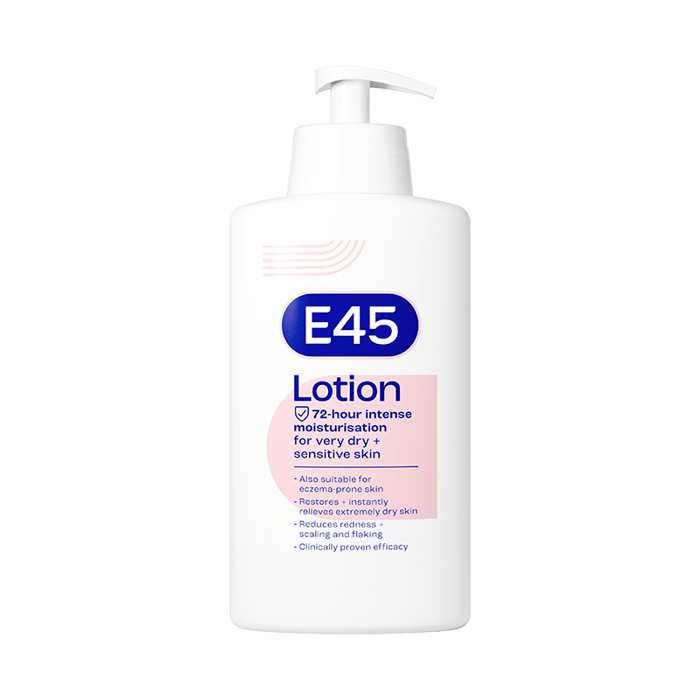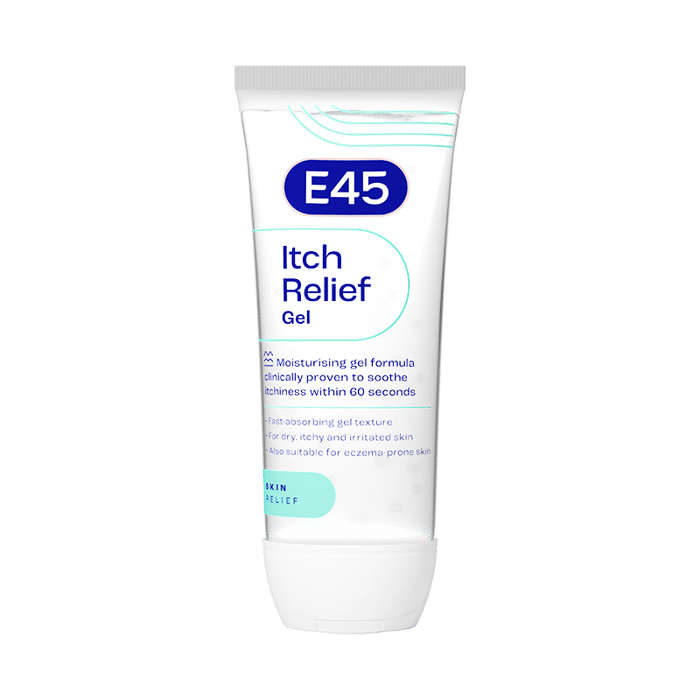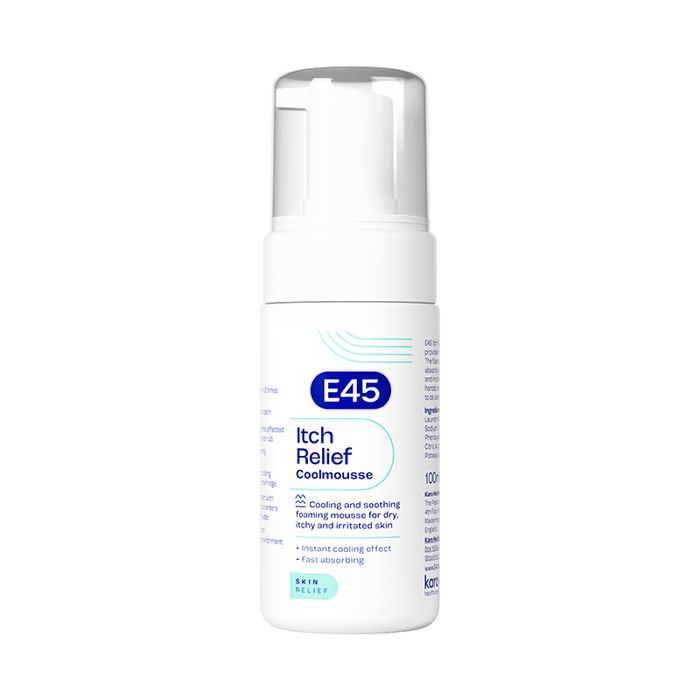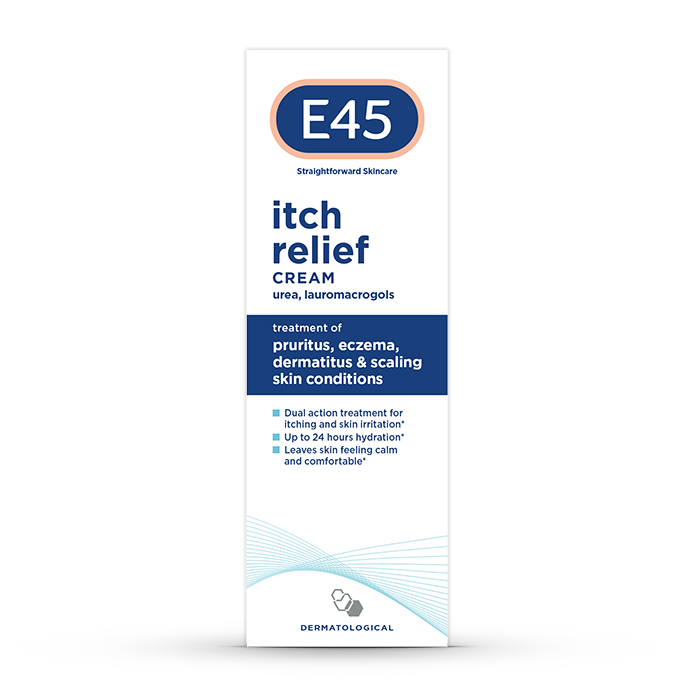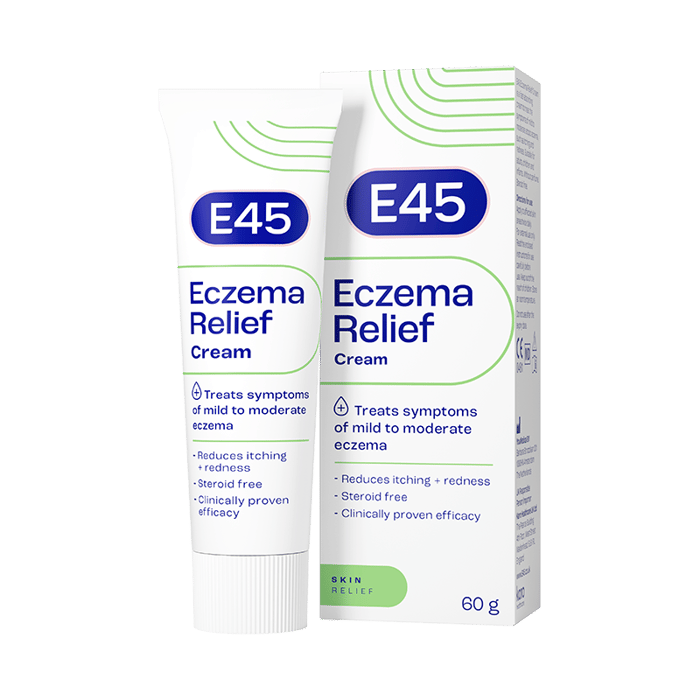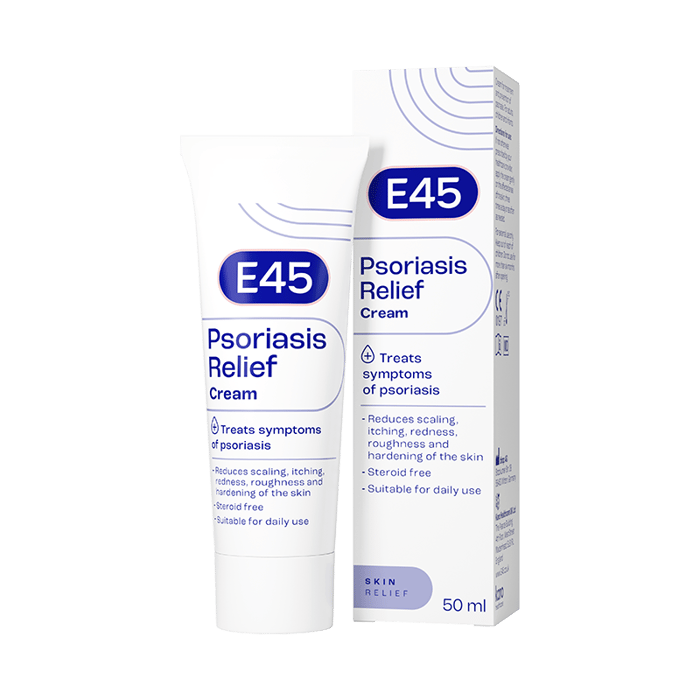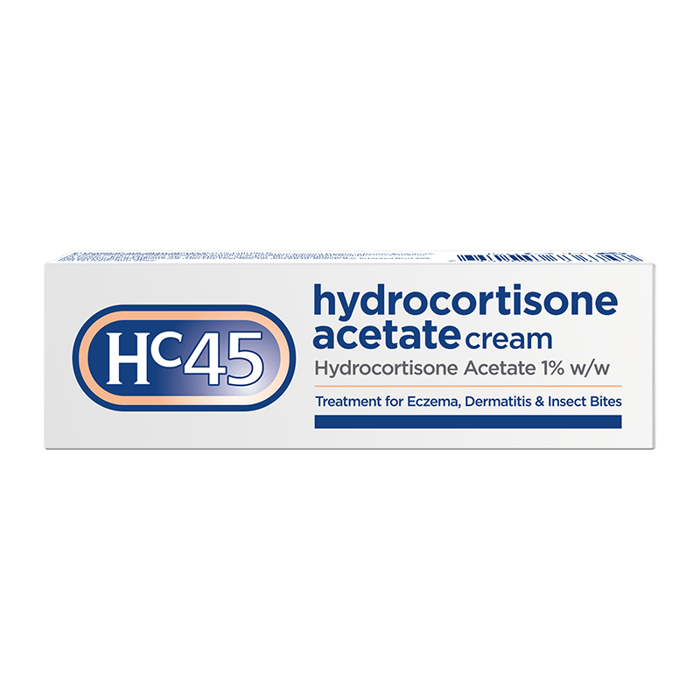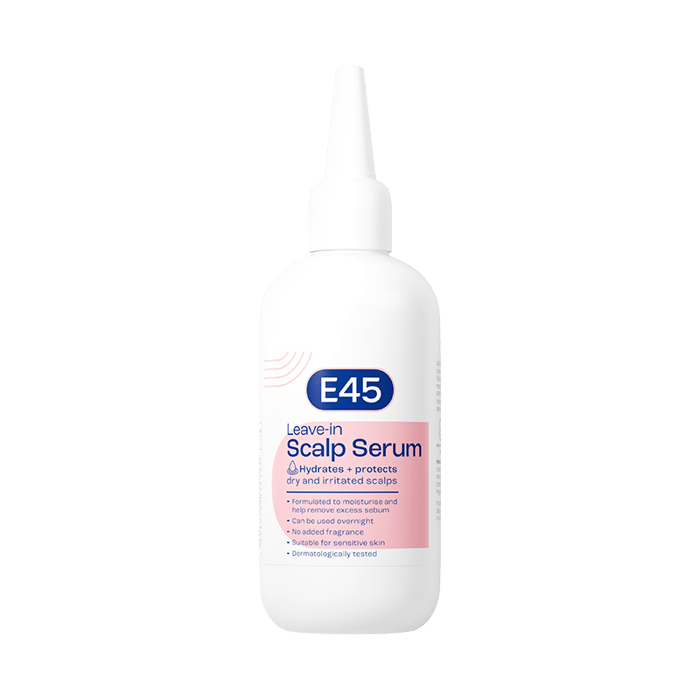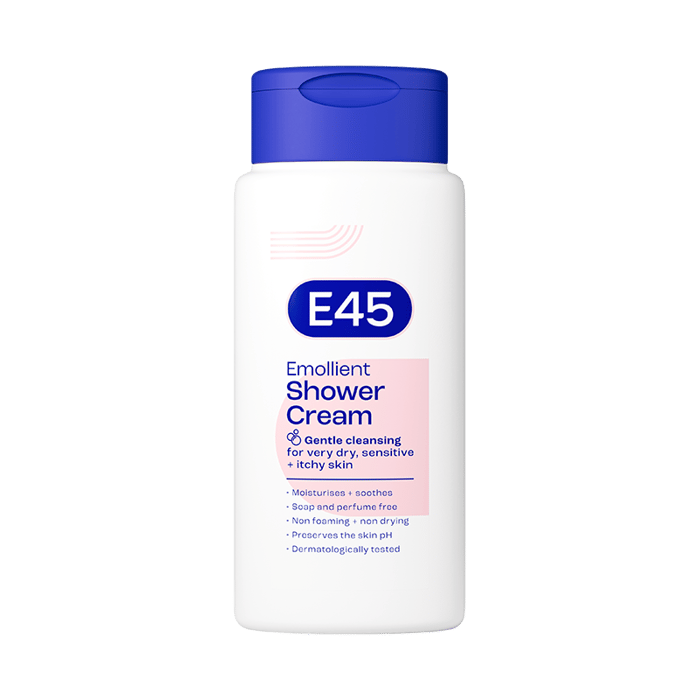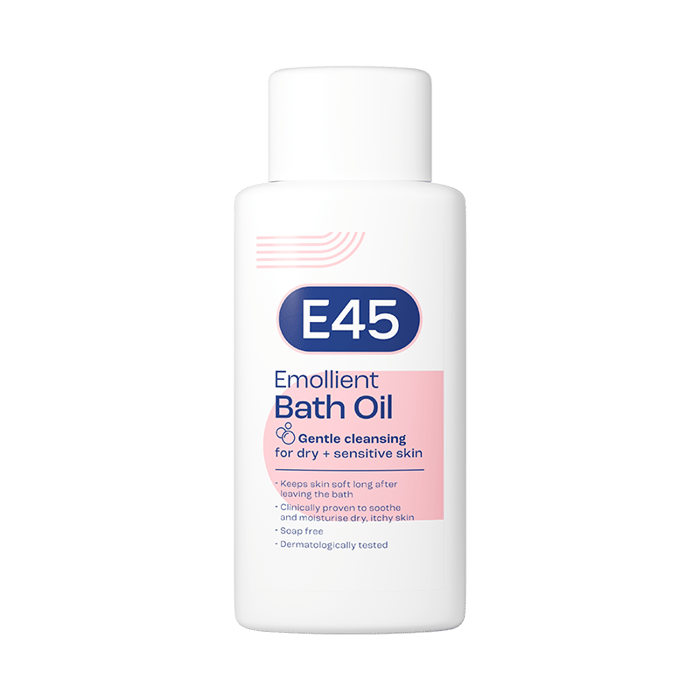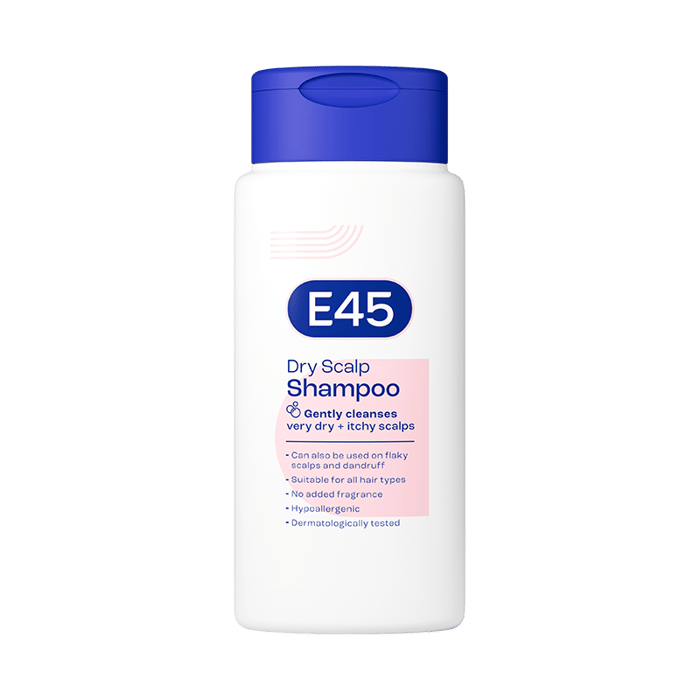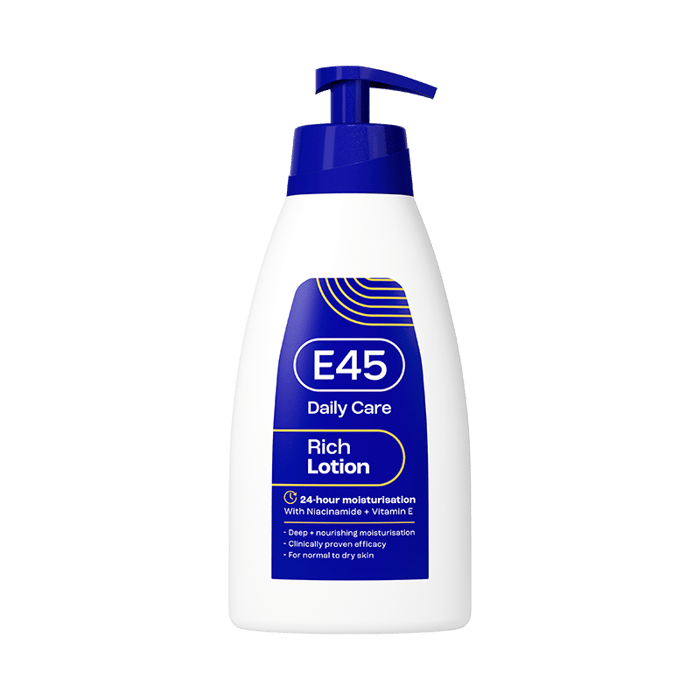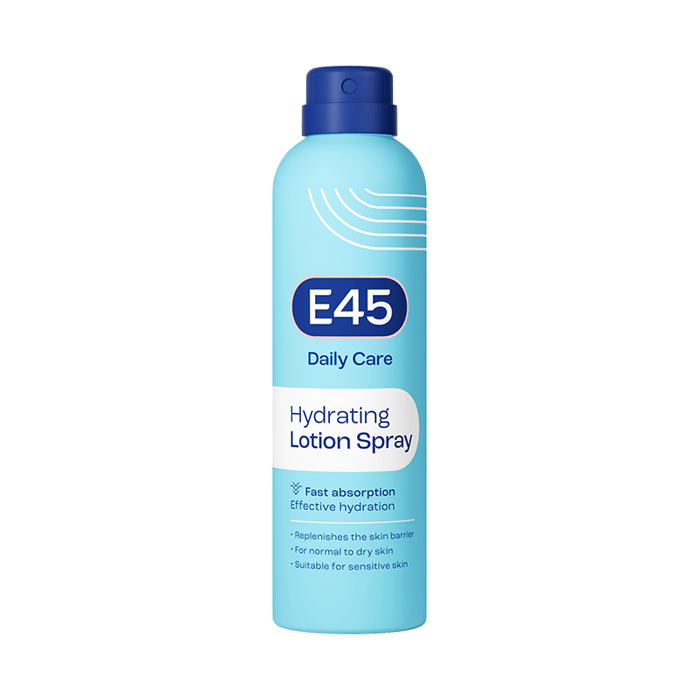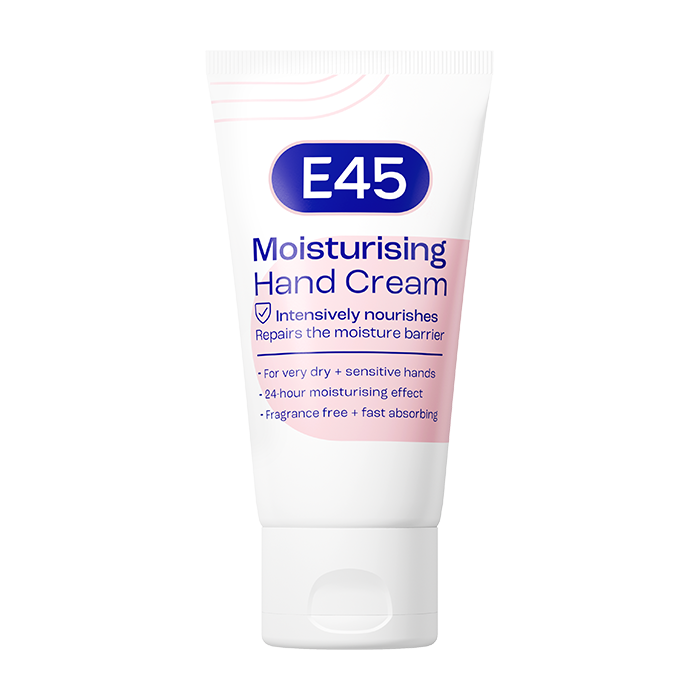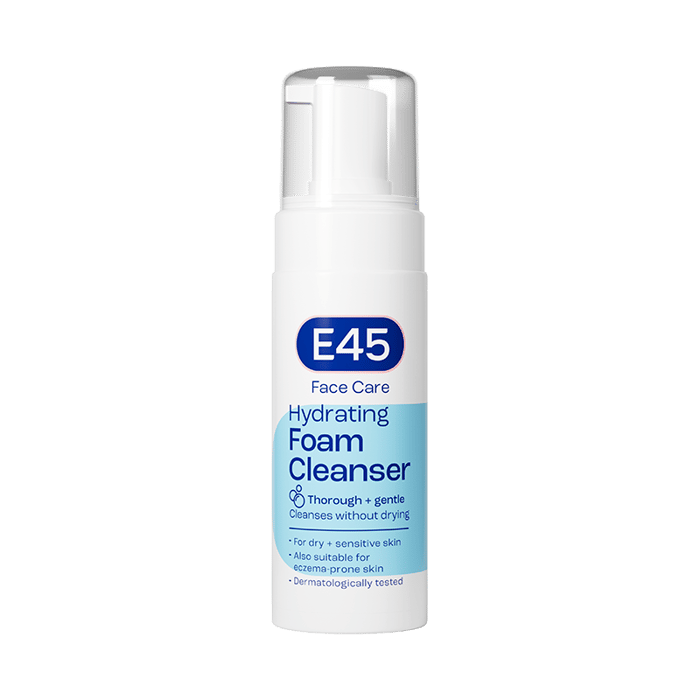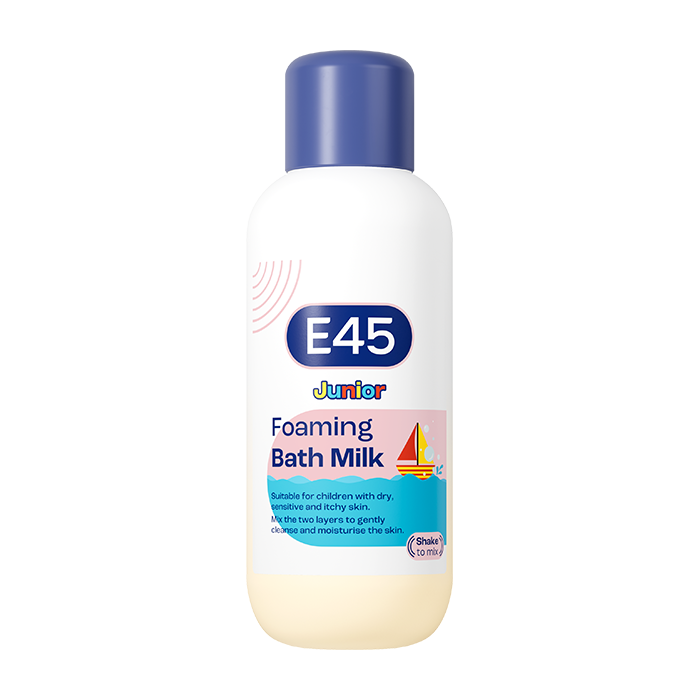Paraffin and the skin: Benefits and uses
Paraffin is a versatile ingredient commonly used in skincare, particularly for its moisturising, soothing and protective properties. Discover the many benefits of paraffin for the skin, explore how it can help to hydrate and soften, and learn how to incorporate it into your skincare routine.
What is paraffin?
Paraffin, also known as mineral wax, is a white or colorless, wax-like substance derived from petroleum. It’s commonly used across many industries, including skincare, due to its unique ability to provide deep hydration. Paraffin forms a protective layer over the skin, helping to lock in moisture and prevent it from evaporating.
Paraffin is chemically inert, meaning it does not react with the skin, making it safe for most people to use. It’s often included in lotions, creams and masks to intensify moisture and improve skin texture. In skincare treatments, paraffin is valued for its ability to hydrate dry, rough or cracked skin, making it especially beneficial for areas like the hands, feet, elbows and knees. Additionally, paraffin offers therapeutic benefits, promoting soft, smooth skin and supporting overall skin health (Source).
Is paraffin good for the skin?
Paraffin is highly beneficial for the skin, especially for those dealing with dry, rough or cracked areas. It works by forming a thick, occlusive barrier over the skin that helps to seal in moisture, preventing dehydration and shielding the skin from harsh environmental factors such as wind, cold temperatures and pollution. This protective layer also helps to soften and smooth rough patches, calluses and dry spots, providing an overall more supple and hydrated appearance.
Paraffin’s main function is to work on the surface of the skin, locking in moisture and preventing it from evaporating. This makes it particularly effective for people with damaged skin barriers or chronic dry skin, as it helps to maintain hydration without overwhelming the skin with ingredients that might cause irritation. By keeping moisture trapped within the skin, paraffin can significantly improve the texture and elasticity of the skin, making it feel softer, smoother and more rejuvenated (Source).
Benefits of paraffin for the skin
Paraffin offers several skincare benefits that can leave your skin feeling soft, hydrated and protected. Here are some of the main advantages:
Hydrates and locks in moisture
One of the key benefits of paraffin is its ability to hydrate the skin. When applied to the skin as a warm wax or in cream form, paraffin creates an occlusive layer that traps moisture and prevents water from evaporating. This effect helps to keep the skin deeply hydrated, especially in dry or winter months. The hydration provided by paraffin helps to restore softness and reduces rough patches or flaky skin (Source).
Soothes dry, cracked skin
Paraffin wax treatments are especially effective at soothing extremely dry, cracked skin. Its intense moisturising properties can help to heal chapped hands, feet and elbows. This can be especially beneficial for those suffering with conditions like eczema, psoriasis or cracked skin caused by harsh weather or frequent handwashing. The warm paraffin also promotes relaxation, reducing the discomfort often caused by dry skin (Source).
Enhances skin softness and smoothness
Regular use of paraffin can help to transform dry, rough skin into smooth, supple skin. Paraffin wax helps to soften tough areas like the heels, elbows and cuticles. Its emollient properties make it an excellent ingredient for treating calloused or hardened skin, improving the overall texture of the skin (Source).
Improves circulation
One of the added benefits of paraffin treatments is its ability to improve blood flow to the skin. When paraffin wax is applied warm, it can stimulate circulation in the treated area, which helps to nourish the skin and promotes healthier skin over time. This increased circulation can also help to relax tense muscles, contributing to a sense of overall wellbeing (Source).
Provides a barrier to protect against irritants
Paraffin acts as an effective barrier, protecting the skin from environmental stressors such as wind, cold and pollution. This protective layer helps to shield sensitive skin, particularly when applied to areas prone to dryness, such as the hands and feet. For those with sensitive skin or skin conditions like rosacea, paraffin can provide an extra layer of protection against external irritants (Source).
What skin types can benefit from using paraffin?
Paraffin is most beneficial for those with dry, rough or damaged skin. It works well for:
- Dry skin: For people with dry or flaky skin, paraffin can provide the intense hydration needed to restore moisture and improve the skin’s appearance.
- Sensitive skin: While some individuals with sensitive skin may react to other emollients, paraffin’s gentle, non-reactive nature makes it an excellent option for sensitive skin. However, a patch test should be performed before use.
- Aging skin: For mature skin, paraffin can help to prevent moisture loss, which is essential for reducing the appearance of fine lines and wrinkles. The added hydration can give the skin a fuller, more youthful appearance.
- Rough skin or callouses: Paraffin treatments are especially useful for softening calloused areas, such as the feet, hands and elbows. It’s also beneficial for cuticles and nails, helping to soften them before manicure or pedicure treatments.
- Eczema and psoriasis: Paraffin can help to soothe the symptoms of eczema and psoriasis, offering moisture and relief to irritated skin patches. The gentle, non-irritating application can help to hydrate and calm flare-ups.
Are there any side effects?
Paraffin is generally safe for most people and is well-tolerated by the skin. However, there are some precautions to consider. Although rare, allergic reactions to paraffin can occur. Symptoms may include redness, swelling or itching. To avoid any potential reactions, it’s always a good idea to perform a patch test before using paraffin extensively on the skin.
Additionally, while paraffin is non-comedogenic and does not clog pores, overuse, particularly on the face, can lead to clogged pores. Prolonged use of paraffin treatments may cause issues if applied excessively, especially on sensitive or acne-prone areas (Source). As a result, it’s important to use paraffin treatments sparingly to avoid potential skin concerns and consult with a healthcare professional for tailored skincare advice.
How to use paraffin in your skincare routine
There are many ways to incorporate paraffin into your daily skincare routine. Here’s how to effectively use it:
- Paraffin-based creams and lotions: Many moisturisers and body creams contain paraffin as a key ingredient. These products are designed to lock in moisture and provide a protective barrier on the skin. To use, apply a generous amount to dry or rough areas, such as elbows, knees or hands, and gently massage it into the skin. This helps to seal in hydration and keeps the skin soft and smooth. E45 Cream and E45 Itch Relief Cream utilises paraffin’s moisture-locking properties to restore the skin’s barrier and soothe dry and itchy skin, making them ideal for helping to manage the symptoms of eczema, psoriasis and dermatitis.
- Paraffin in face masks: Some skincare masks feature paraffin wax to create an occlusive layer on the skin. These masks help to deeply hydrate and soften dry, flaky skin. Simply apply the mask as directed, leave it on for the recommended time, and remove it to reveal nourished, radiant skin.
- Paraffin-infused lip balms: For dry, cracked lips, look for lip balms or treatments that contain paraffin. These products form a barrier on the lips, locking in moisture and preventing further dryness. E45’s Lips & Dry Skin Balm is formulated with paraffin to help the skin regenerate and leave the skin and lips feeling hydrated, soft and supple.
- Daily care: Incorporate paraffin-based products into your routine as needed, especially in the colder months when the skin tends to be drier. Applying paraffin-infused creams or lotions after bathing or washing hands can help maintain hydration levels and restore softness throughout the day. E45’s Moisturising Hand Cream is formulated with paraffin to nourish, hydrate and soothe the skin, whilst also repairing the skin’s moisture barrier and smoothing away roughness for soft, supple hands.
Conclusion
Paraffin is a versatile and highly effective ingredient in skincare, offering a range of benefits for those struggling with dry, rough or damaged skin. Its ability to lock in moisture, soothe irritation and provide a protective barrier makes it particularly helpful for areas prone to dryness, such as the hands, feet, elbows and knees. Whether used in creams, masks or lip balms, paraffin can significantly improve skin texture, enhance hydration and promote softness.
While it’s generally safe for most skin types, it’s important to be mindful of your skin’s individual needs and perform patch tests to ensure compatibility. Incorporating paraffin into your skincare routine, especially during colder months, can help maintain healthy, smooth skin, offering therapeutic benefits alongside its cosmetic advantages. As always, if you have specific concerns, consulting with a dermatologist or skincare professional can provide personalised guidance and support.
FAQ: Paraffin and the skin
Can paraffin be used on the face?
Paraffin can be used on the face, but it’s typically recommended for individuals with dry or mature skin. The occlusive nature of paraffin, which forms a thick layer over the skin, may not be suitable for those with oily or acne-prone skin, as it can potentially clog pores and exacerbate breakouts. It’s ideal for using on areas of the face that need extra hydration and are prone to dryness, such as the cheeks or around the eyes. Always use with caution, and consult a dermatologist if you have concerns about using it on your face.
Is paraffin safe for sensitive skin?
Paraffin is generally considered safe for sensitive skin, as it helps to lock in moisture and create a barrier that protects the skin from environmental stressors. However, since sensitive skin can react differently to various ingredients, it’s crucial to perform a patch test before using paraffin-based products. Apply a small amount of paraffin to a discrete area of the skin, such as the inner forearm, and wait 24 hours to ensure no irritation occurs. If you experience any discomfort or redness, discontinue use and consult with a healthcare professional.
How often should I use paraffin treatments?
For the best results, paraffin treatments can be done once a week or as needed. If you are using paraffin for your hands, feet or elbows, these areas tend to benefit from more frequent treatments due to their exposure to harsh conditions and susceptibility to dryness. Regular treatments, typically 1-2 times per week, can help to maintain hydration and softness, particularly for those who suffer from cracked skin or calluses.
Can paraffin help with dry cuticles?
Paraffin is excellent for softening dry cuticles and nourishing nails. By using paraffin on your hands, the moisturising properties of paraffin work to deeply hydrate and soothe the cuticles, helping to prevent cracks and dryness. Regular paraffin use can contribute to healthier, more supple hands, cuticles and nails.
Can paraffin help with eczema or psoriasis?
Paraffin can be beneficial for people with dry, flaky skin conditions such as eczema or psoriasis. The occlusive nature of paraffin helps to trap moisture and prevent further dryness, offering relief from itchy, irritated skin. However, if you have active flare-ups, it’s best to consult with a dermatologist before using paraffin to ensure it won’t aggravate the condition. Paraffin should never be used on broken or inflamed skin.
Can paraffin help with the signs of aging?
Paraffin is often used for its hydrating and skin-softening properties, which can benefit mature skin. By keeping the skin moisturised and preventing water loss, paraffin helps improve the skin’s appearance by plumping the surface and reducing the appearance of fine lines and wrinkles. Regular use can enhance the skin’s overall texture, giving it a smoother, more youthful look.
Can paraffin be used on feet?
Paraffin is especially beneficial for treating dry, cracked feet. Foot paraffin treatments can soften calluses, dry heels and rough skin by providing deep hydration and creating a protective barrier. Paraffin’s warming effect also promotes blood circulation, which can help to ease tired feet. It’s a popular treatment in spas for people with persistent foot dryness and discomfort.
Is paraffin safe for all skin types?
Paraffin is generally safe for most skin types, but it’s important to tailor its use to your skin’s needs. People with dry or mature skin will find paraffin particularly beneficial, as it helps lock in moisture and repair damage. However, those with oily or acne-prone skin should avoid using paraffin on areas of their face or skin prone to breakouts due to its occlusive nature. Always conduct a patch test before applying paraffin-based products to a large area of your skin.
How does paraffin work to hydrate the skin?
Paraffin works by creating a thick, occlusive layer over the skin, which traps moisture and prevents water from evaporating. When applied to the skin, paraffin helps to lock in hydration, allowing the skin to absorb and retain moisture more effectively. This is particularly beneficial for extremely dry skin areas, such as the hands, feet, elbows and knees, where moisture retention is often compromised.
Can I use paraffin in my skincare routine at home?
Paraffin can be easily incorporated into your skincare routine at home. It’s often found in products like creams, masks and moisturisers designed to hydrate and soften the skin. You can apply paraffin-based skincare products directly to dry or rough areas, such as your hands, feet, elbows or knees. These products work by creating a protective barrier that locks in moisture, leaving the skin feeling soft, smooth and hydrated.
For a more targeted treatment, you can use paraffin-infused creams or masks that provide intense hydration for dry skin. Regular use of these products can help to improve skin texture, soften callused areas and prevent moisture loss. Always do a patch test first and consult a skincare professional if you have any concerns about your skin type or conditions.
Sources
www.healthline.com/health/beauty-skin-care/niacinamide
www.webmd.com/beauty/what-to-know-about-niacinamide-skin-care
pubmed.ncbi.nlm.nih.gov/12100180/#:~:text=In%20the%20clinical%20studies%2C%20niacinamide,transfer%20from%20melanocytes%20to%20keratinocytes.
health.clevelandclinic.org/niacinamide
pmc.ncbi.nlm.nih.gov/articles/PMC8389214/
pmc.ncbi.nlm.nih.gov/articles/PMC6824628/

